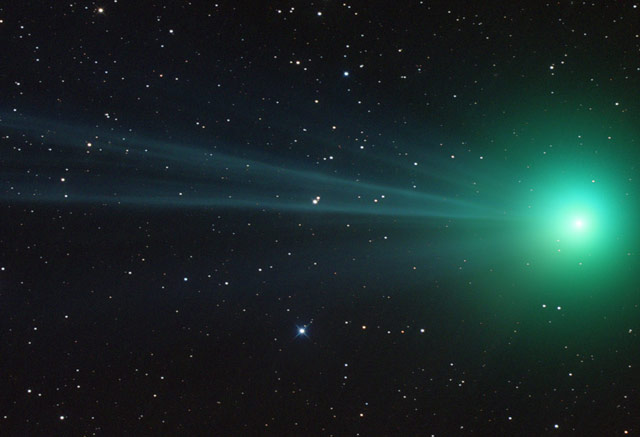Hi everybody
Here's the latest article from the Astronomy site at BellaOnline.com.
ABC of Astronomy – B Is for Bok Globule
B is for Bok globule, a kind of dark nebula studied by Bart Bok. B is for Bayer who invented a handy system of star designations beginning with a Greek letter. And B is for Baily's beads. You won't find them in a jewelry shop, but you might see them in a solar eclipse, as Francis Baily did.
http://www.bellaonline.com/articles/art300907.asp
*Dawn is in orbit around Ceres*
At about 7:39 a.m. EST (12:39 GMT) on Saturday, NASA's Dawn spacecraft was captured by the gravity of Ceres. That makes it the first craft to orbit a dwarf planet. "Since its discovery in 1801, Ceres was known as a planet, then an asteroid and later a dwarf planet," said Marc Rayman, Dawn chief engineer and mission director at the Jet Propulsion Lab. "Now, after a journey of 3.1 billion miles (4.9 billion kilometers) and 7.5 years, Dawn calls Ceres, home."
*Philae landing – animated cartoon*
ESA has produced a new short animated cartoon about Rosetta and Philae. https://www.youtube.com/watch?v=33zw4yYNGAs The cartoon is adorable, the facts are correct and it's a nice way of telling the story. One of the comments was: "I'm not crying, there's just some comet dust in my eye... ;)" Awwww.
*Lots of birthdays this week*
(1) Urbain Le Verrier (March 11, 1811) – French mathematician who calculated the position of the then-unknown planet Neptune from oddities in the orbit of Uranus. His calculations allowed Johann Galle to find the new planet the same night he got LeVerrier's letter. http://www.bellaonline.com/articles/art45809.asp
(2) Percival Lowell (March 13, 1855) built the Lowell Observatory in Arizona. He was famous for promoting the idea of canals on Mars after a mistranslation of a report by Giovanni Schiaparelli. Lowell was also convinced that there was a giant Planet X beyond Neptune. Although his search was fruitless, Clyde Tombaugh did discover the dwarf planet Pluto while hunting for Planet X at Lowell Observatory. http://www.bellaonline.com/articles/art45809.asp
(3) Giovanni Schiaparelli (March 14, 1835) - Italian astronomer who was highly regarded as an observational astronomer and historian of science. His report on his observations of Mars described surface structures as “canali” which simply means channels. However it was translated as “canals” which are artificial, causing quite a to-do.
(4) Albert Einstein – a man who needs no introduction – born on March 14, 1879 .
(5) Gene Cernan (March 14, 1934) - Apollo 17 astronaut, the last man to walk on the Moon.
(6) Nicolas de Lacaille (March 15, 1713) – French astronomer who surveyed the southern skies and invented fourteen constellations that are still in use. http://www.bellaonline.com/articles/art183583.asp
(7) Alan Bean (born March 15, 1932) – Apollo 12 astronaut, who became a painter. https://www.pinterest.com/pin/250090585534171401/
*Uranus*
On March 13, 1781 William Herschel discovered Uranus, while observing in the garden of his home in Bath, England. The house is now a museum. http://www.bellaonline.com/articles/art48626.asp
Please visit astronomy.bellaonline.com for even more great content about Astronomy.
I hope to hear from you sometime soon, either in the forum or in response to this email message. I welcome your feedback!
Do pass this message along to family and friends who might also be interested. Remember it's free and without obligation.
I wish you clear skies.
Mona Evans, Astronomy Editor
http://astronomy.bellaonline.com
One of hundreds of sites at BellaOnline.com
.
astronomy Newsletter








